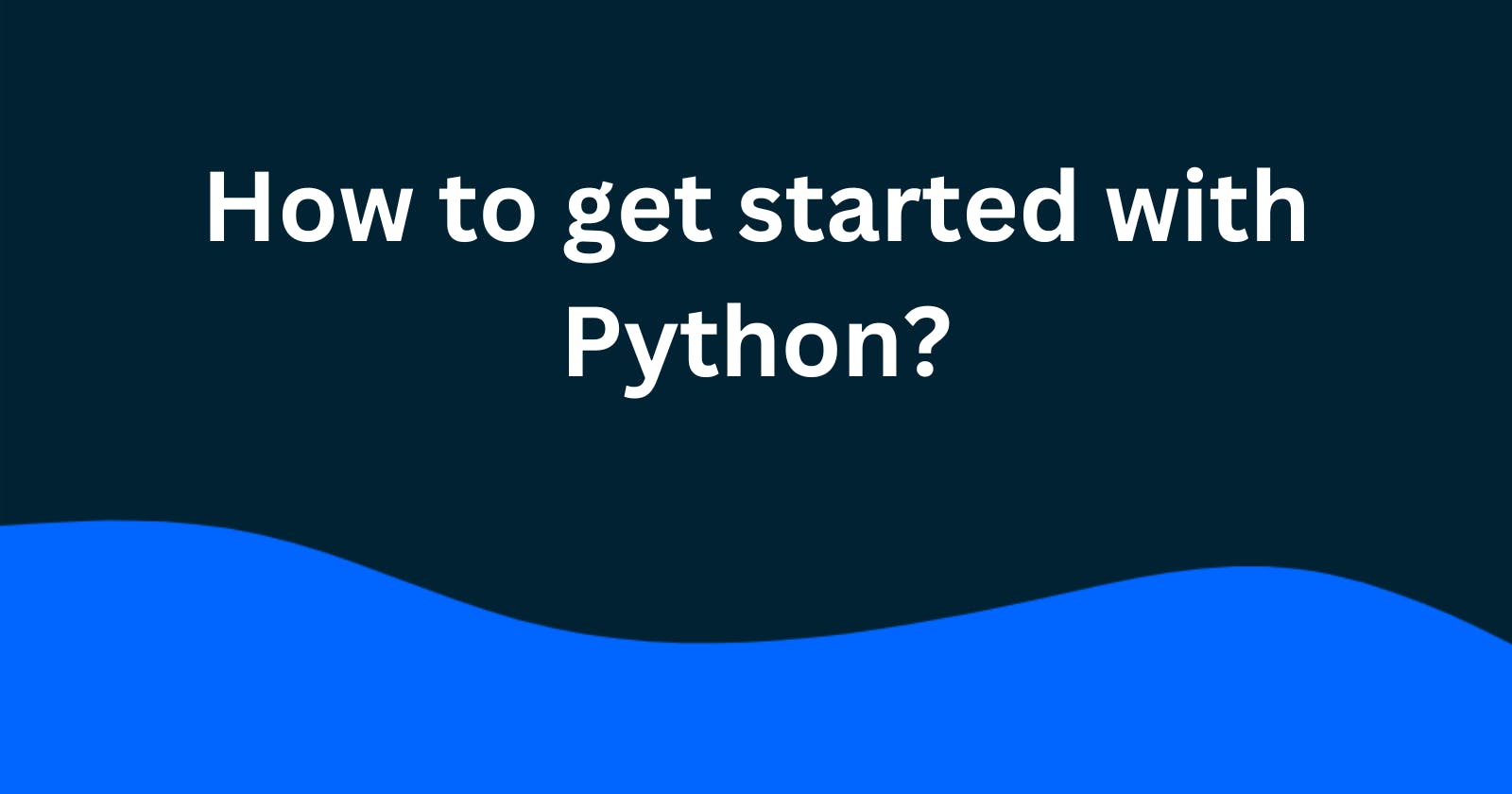Table of contents
Welcome to the world of Python! Python is a popular, high-level programming language known for its simplicity, readability, and versatility. It is used in a variety of fields, including web development, data analysis, artificial intelligence, and scientific computing. If you're new to programming or just looking to get started with Python, this tutorial is for you.
Before we dive into the details of how to get started with Python, let's take a moment to understand what Python is and why it is such a popular programming language.
What is Python?
Python is a general-purpose programming language that is dynamically typed, interpreted, and easy to learn. It was created in the late 1980s by Guido van Rossum and has since become one of the most widely used programming languages in the world. Python is known for its simplicity and readability, which makes it a great language for beginners. It also has a large and active community of developers, which means there is a wealth of resources and libraries available to help you get started.
Why use Python?
Python is a versatile language that can be used for a wide range of tasks. Some of the benefits of using Python include:
It is easy to learn: Python has a simple syntax and is easy to read and write, making it a great language for beginners.
It is powerful: Python has a large standard library and a wide range of third-party libraries that allow you to do everything from web development to scientific computing.
It has a large and active community: There is a huge community of Python developers around the world, which means there is a wealth of resources and support available to help you learn and develop your skills.
It is versatile: Python can be used for a wide range of tasks, including web development, data analysis, artificial intelligence, scientific computing, and more.
Getting started with Python
Now that you have a basic understanding of what Python is and why it is such a popular programming language, let's dive into how to get started with Python.
Install Python
The first step to using Python is to install it on your computer. You can download the latest version of Python from the official Python website (python.org). There are versions of Python available for Windows, macOS, and Linux.
- Choose a text editor or Integrated Development Environment (IDE)
Once you have Python installed, you'll need a way to write and edit your Python code. You can use a simple text editor like Notepad (on Windows) or TextEdit (on macOS), but most Python developers prefer to use a more advanced text editor or an Integrated Development Environment (IDE). Some popular options include PyCharm, Eclipse with PyDev, and Visual Studio Code.
- Write your first Python program
Now that you have Python installed and a text editor or IDE set up, you're ready to write your first Python program. Open your text editor or IDE and create a new file. Type the following code into the file:
print("Hello, World!")
Save the file as "hello.py".
- Run your Python program
To run your Python program, open a terminal or command prompt and navigate to the directory where you saved the file. Then, type the following command
python hello.py
You should see the output "Hello, World!" printed on the screen. Congratulations, you have just written and run your first Python program!
#blogwithcc
- Learn more about Python
And Connect with me at Socials:

